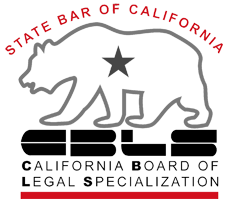There are four main factors attached to child custody if the parents live in separate homes. These factors are physical custody, legal custody, sole custody, and joint custody.
Physical Custody gives a parent the right to have the children live with them. This type of custody deals with the living arrangements of the children and can be shared by both parents if children spend equal time with each one. Another type of physical custody often allows one parent to live with the children while the other parent has visitation rights so the children may continuously see both parents.
Legal Custody deals with making decisions in the child’s life such as religion, education, and healthcare. Although often similar to physical custody, courts may award both parents legal custody even if physical custody is not shared evenly. This allows both parents to have a say in the major decisions in a child’s life.
Joint or sole custody can be applied to both physical and legal custody. Joint means that parents share the physical or legal responsibility while sole custody gives one parent the exclusive right to a certain type of custody. However, this requires that a parent prove the other parent is unable to care for, or is a threat to the well being of the children.








